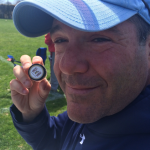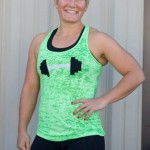The truth about skincare...
Everyone knows the basics of skincare, right? Your skin gets dirty, greasy, and clogged up with dead skin cells and nasty bacteria, so you wash, exfoliate, tone, and moisturize, then do it all over again.
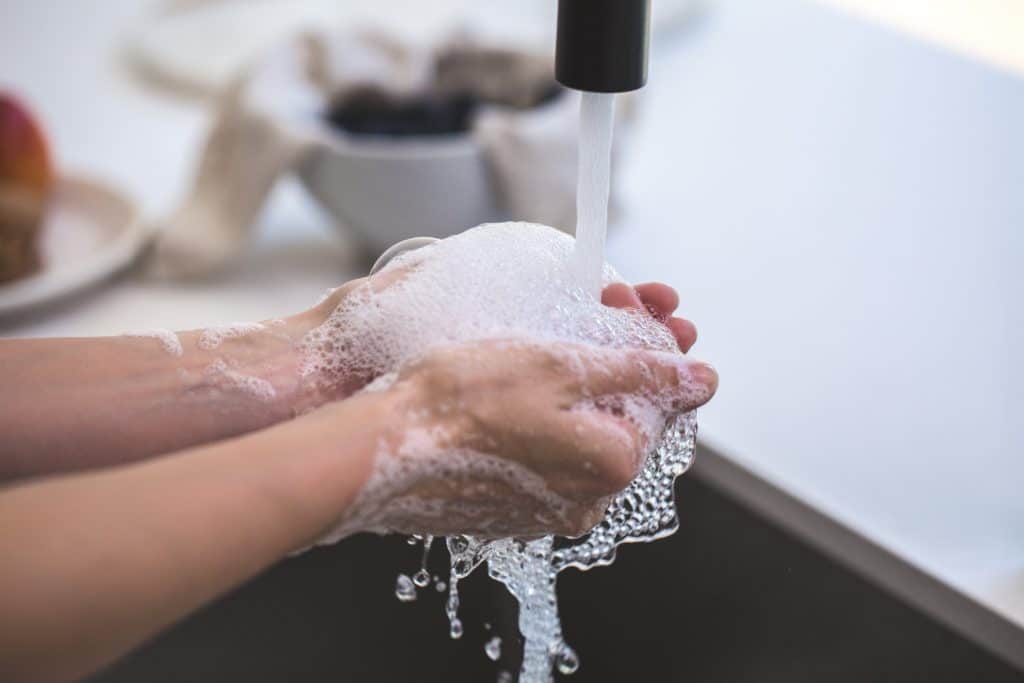
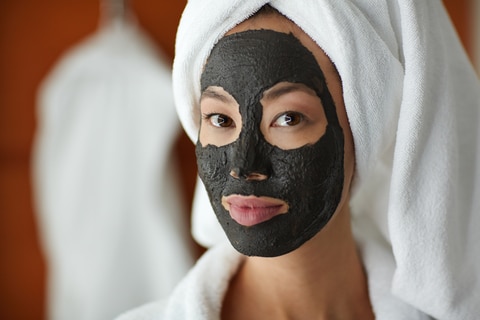
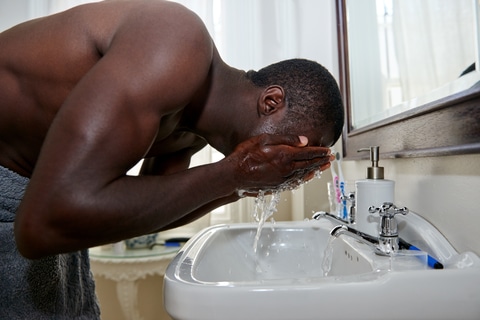
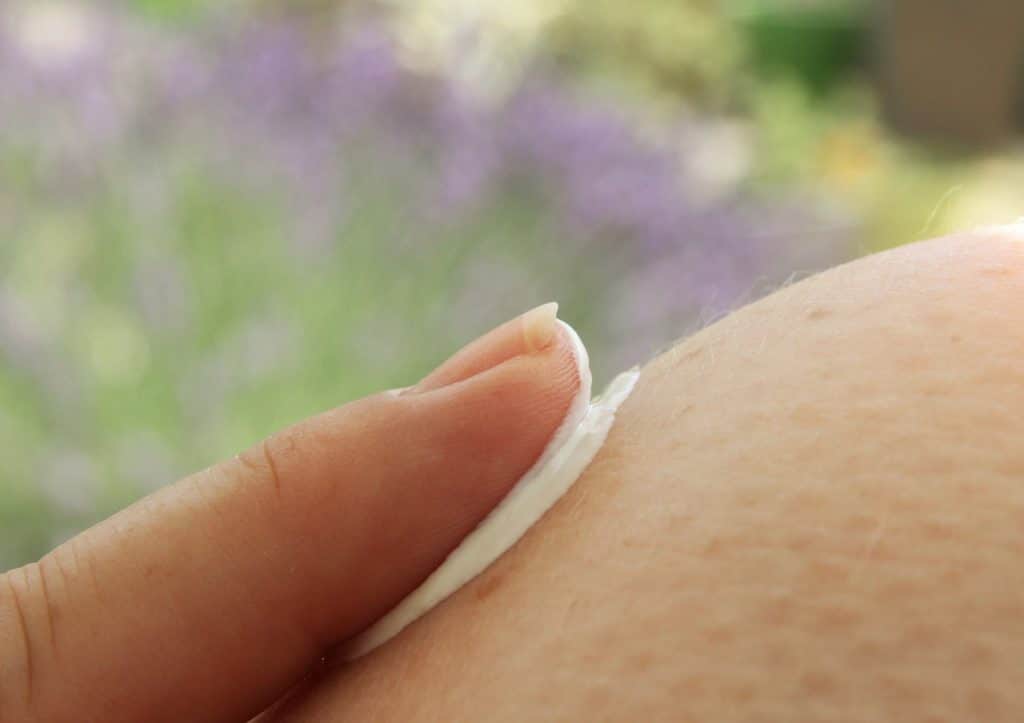
But this is actually terrible for your skin.
You see, modern skincare is largely based on treating your skin like any other surface in your life. And if you go by that logic, the modern way kinda sort makes sense, right? Your kitchen counters get dirty, so you wipe them down. If they’re really dirty, then you use an abrasive to get that extra gunk off.
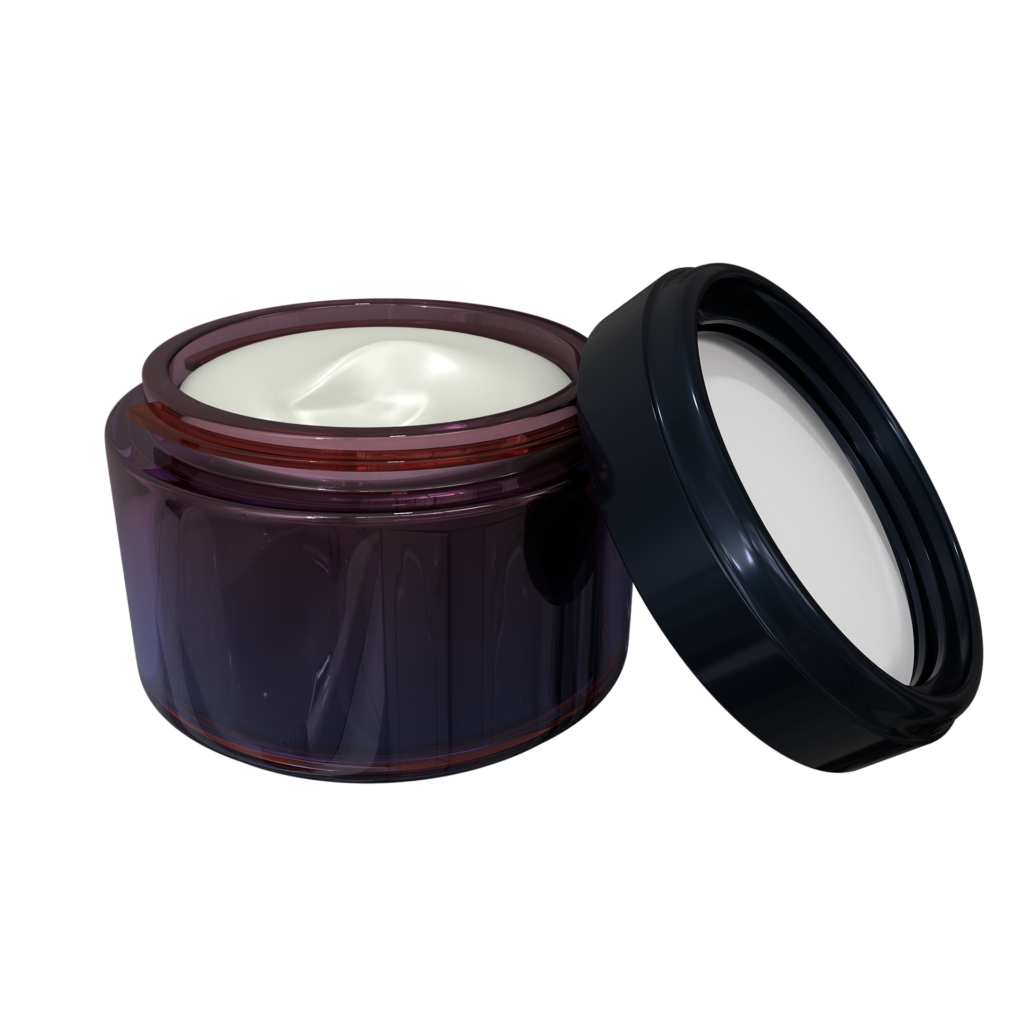 Modern skincare works along similar principles: your skin gets “dirty”, so you wash it down, and if it’s really dirty, you scrub it.
Modern skincare works along similar principles: your skin gets “dirty”, so you wash it down, and if it’s really dirty, you scrub it.
Fantastic, if your skin happens to be a non-porous, hard surface like your kitchen counter.
Not so great for actual living, breathing cells made of delicate tissue membranes.
And that’s what your skin actually is.
It’s not some sort of cold, non-porous surface, it’s living tissue that plays host to thousands of species of microorganisms, almost all of which work to keep us healthy inside and out. Because the other really cool thing about your skin is that it’s porous — whatever you put on it is absorbed into your body, where it quickly makes it way to your gut and brain.
Kind of makes you rethink those super-processed cleansers and moisturizers, huh?
What’s more, your skin is really good at self-regulating, if you’re not constantly throwing it out of whack trying to ‘fix’ it. (What, you thought people just walked around with crazy-greasy skin throughout history?)
We’ve forgotten these basic truths and it’s destroying our skin and damaging our health.
I’m Matt, by the way. I run a skincare company called Primal Derma that’s actually a front for helping modern humans living in a society that’s scaled way beyond what we can cope with make a return to the connection among ourselves and our world by reviving the ancestral traditions that have linked us together for millennia.
(Don’t tell anyone. Actually, on second thought, tell everyone!)
And that also happens to translate into you getting access to the type of skincare our bodies evolved to need — skincare that’s really hard to find in our modern market.
Who is Matt Stillman?
 Matt’s been obsessed with how modern humans fit into an ancient world since, well, forever. That’s played out in everything from his time bringing shows highlighting the connection between food and culture to the Food Network as a programming executive to his work co-producing the Cannes-premiered, acclaimed documentary The End of Poverty? to the way he gets his groceries — always from farmers he has a personal relationship with — and now, Primal Derma; premium, hand rendered, expertly mixed traditional skincare, made on a human to human scale, delivered fresh from his home in Harlem to yours.
Matt’s been obsessed with how modern humans fit into an ancient world since, well, forever. That’s played out in everything from his time bringing shows highlighting the connection between food and culture to the Food Network as a programming executive to his work co-producing the Cannes-premiered, acclaimed documentary The End of Poverty? to the way he gets his groceries — always from farmers he has a personal relationship with — and now, Primal Derma; premium, hand rendered, expertly mixed traditional skincare, made on a human to human scale, delivered fresh from his home in Harlem to yours.
Primal Skin Care For The Modern Wild
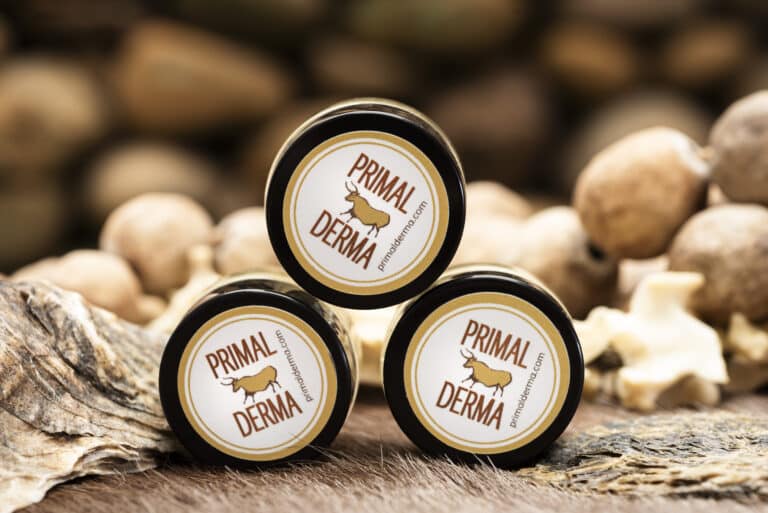
LIP Three Pack
$30.00
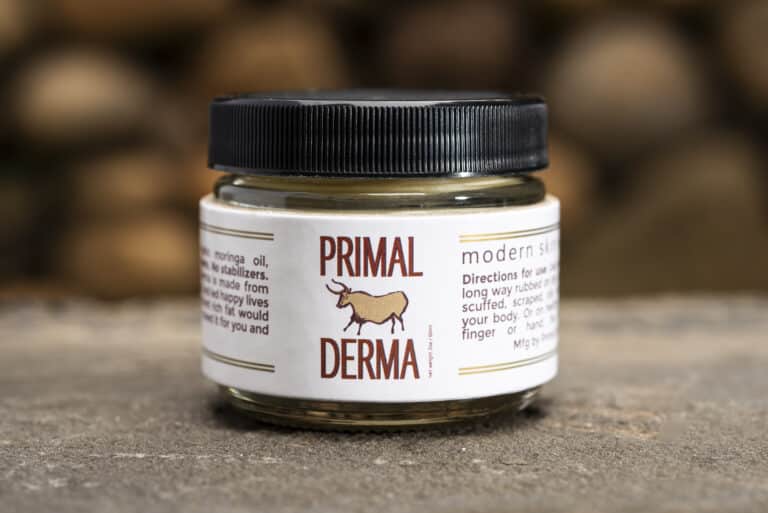
Primal Derma BODY 2oz
$60.00 — or subscribe and save 15%
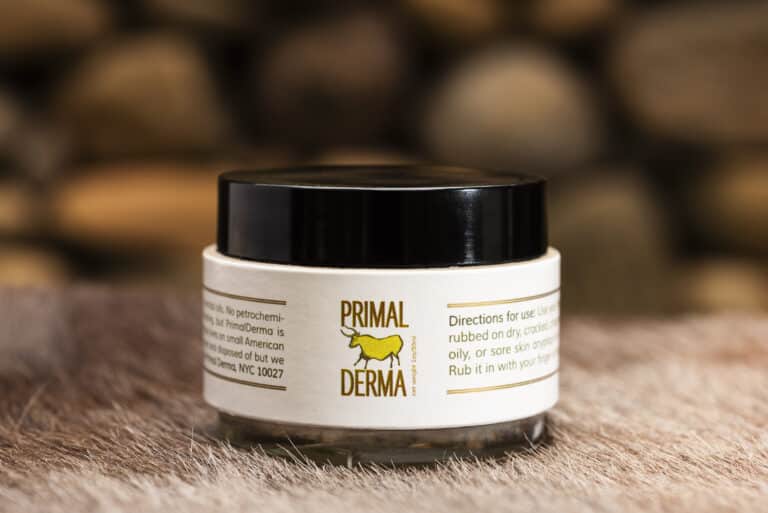
Primal Derma HAND 1oz
$40.00 — or subscribe and save 15%

It was only meant to be a one-afternoon experiment...
Ten years later, it’s become a movement.
Up until a decade ago, skincare took up a fleeting amount of my time and focus. I never expected it could become something so central to my life, and I certainly never thought that process would start by reading a magazine article.
And yet, that’s what happened…
I was leafing through the Weston Price Foundation magazine and stumbled on an article about traditional tallow-based skincare in Mexico. Not being particularly interested in skincare – but being very interested in history, anthropology, chemistry and traditional cultures as a living thread to how to perhaps approach living in the modern world a little differently – I stuck with the article about the history of tallow based skincare in Mexico (but also elsewhere) long enough to see that the history of how humans cared for their skin in relationship to a living world really mattered.
The history and deeply rich culture around tallow use in traditional skincare was incredibly moving. Until then, I had tallow as skincare on my radar in a vague, “Oh yeah, I think I’ve heard about that” type of way, but I was blown away by how something so simple, so natural, could apparently outdo all the other skincare on the modern market.
So when I saw the recipe for making your own tallow moisturizer at the end of the article, almost as an afterthought, I thought to myself, “I’ve got to try this.”
And that’s how I ended up standing in my kitchen staring down a 100 pound pile of beef fat.
(I know. Ew…right?!)
What I thought would be a one-afternoon project turned into a deep dive into the truth about what our skin really needs. Best of all, I found out how something as seemingly simple as traditional skincare can help us return to the path our ancestors walked, and reconnect us with the world around us.
(And my skin started looking pretty damn amazing too.)
To understand the story, you have to start here…
Let’s get back to that afternoon in my kitchen.
To say that I get intrigued by certain subjects would be an understatement — I have a habit of diving way deep into anything that catches my interest, and this was no exception.
After I read the article that day, I knew I wanted to try out this for myself. The recipe called for grass fed beef fat — not something you can pick up at your local supermarket — but luckily, I knew just where to get some: my friend Keith.
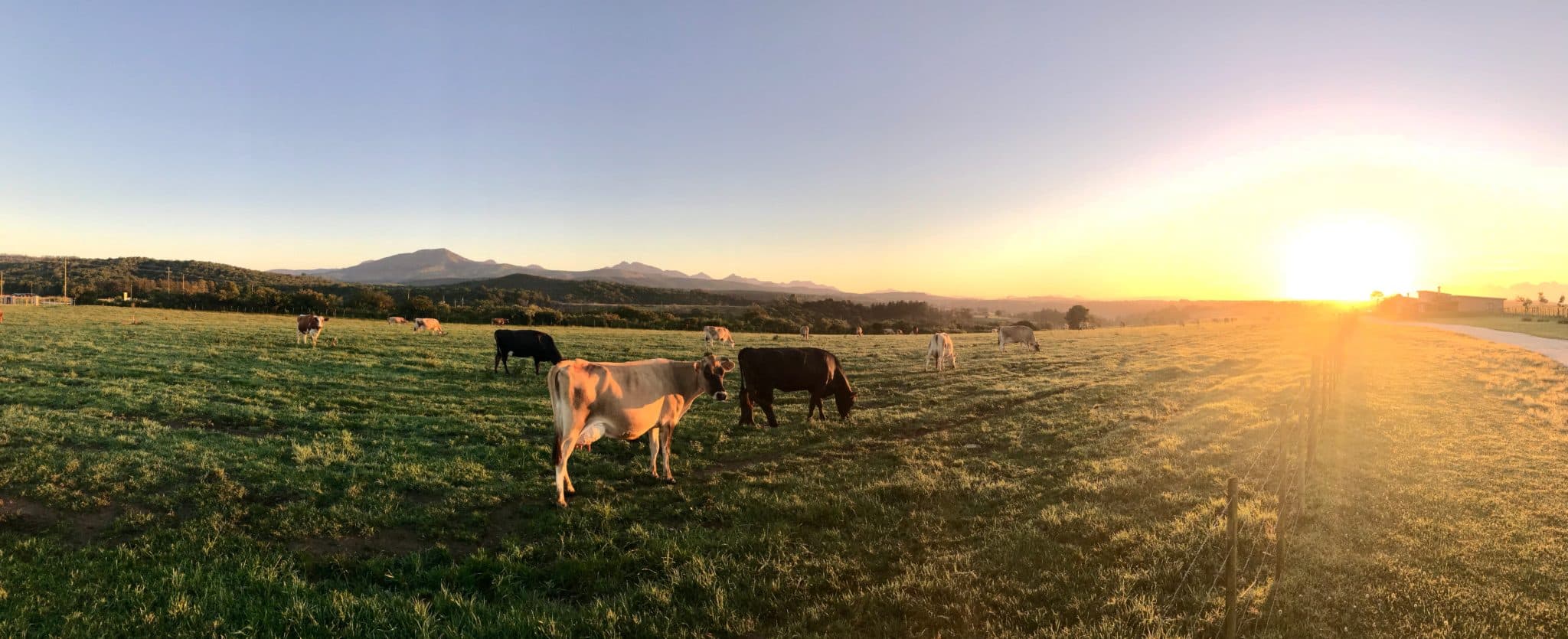
Keith runs a small farm in Salem, New York that looks just like you’d want a farm to look. Cattle graze on lush, green grass, and everything is run using the traditional wisdom farmers have used to responsibly care for their stock for thousands of years.
I met Keith a couple years back when I started buying all my groceries locally. As a Paleo foodie, and the son of a macrobiotic chef, high quality, delicious, organic food is incredibly important to me. And as part of my deep commitment to connection in all its forms — with the people, environment, and history you’re surrounded by — it’s equally important that the food I eat comes from local farms and is raised in as respectful and humane a way as possible.
So that day I called Keith up and asked him if he had any beef fat I could buy.
I was in luck, he said — he happened to have some lying around. It was useless to him; nobody wanted it, so he had been planning to just throw it away, but if I wanted some, it was all mine. 10 pounds or 100 pounds, the same price.
So of course I bought 100 pounds, hauled it back to my apartment, and got to work.
A few days of chopping, rendering, and cooling later, I had my first jars of tallow moisturizer ready for use. I scooped up a little on my fingers, and rubbed it into my hands like lotion… and immediately went to go wash it off.

The first batch was kind of terrible.
The texture was oddly chunky, it felt too soft, and I just couldn’t see myself wanting to put it on my skin on a regular basis.
But I was not to be deterred. If people 17,000 years ago could figure this out, then I could too.
I was going to crack this recipe, and I had 90 pounds of beef fat left to do it with.
So I immediately started tweaking different parts of the recipe, one by one. A little more fat, a little less fat. A little longer on the boil, or a little shorter.
Adding in a bit of this, a bit of that. It took a while — but I finally ended up with a recipe I loved.
It was made of just three simple ingredients, and it was damn near perfect. It was time to field test it.
So I started giving away pots to anyone who wanted any. Friends. Neighbors. Friends of friends who had tried it at someone’s house and just had to have some.

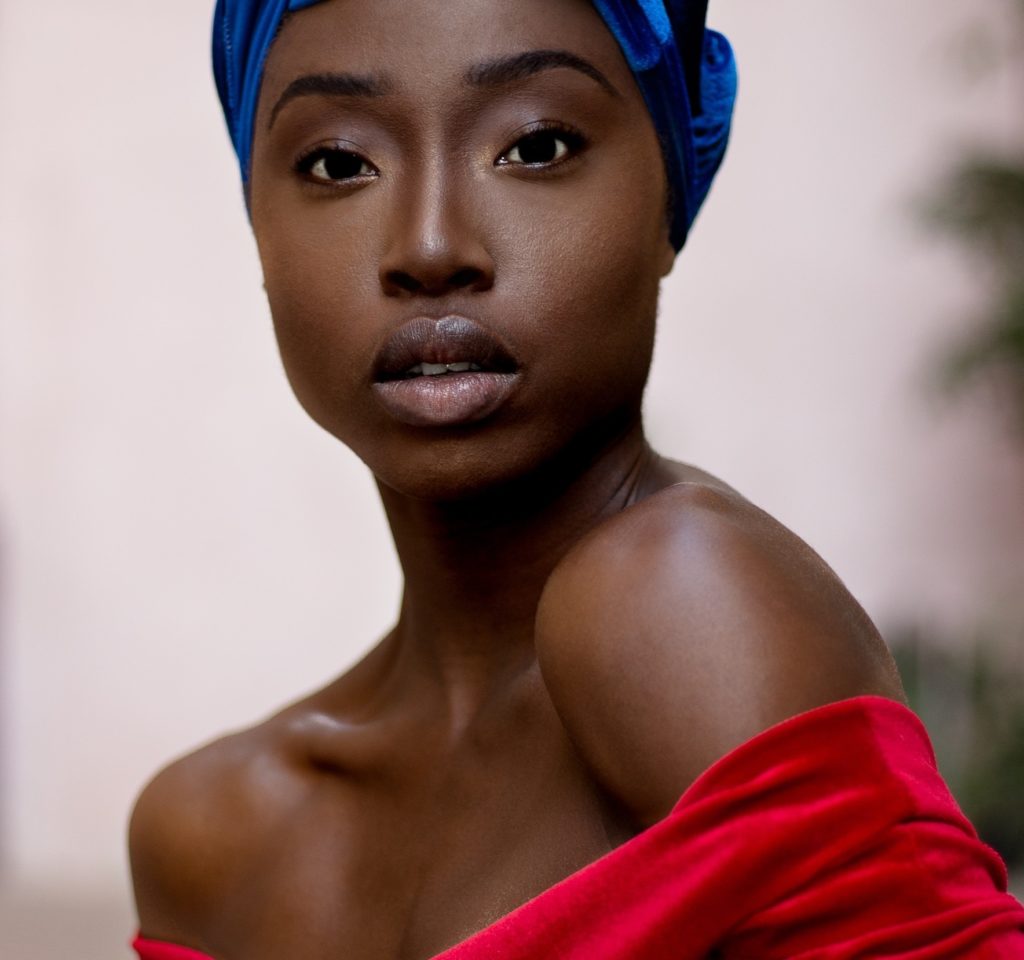
Smooth.
People loved the silky texture that held its own without being oily. It was easy to smooth over lips, skin, and hair, and it felt like one of those ultra-fancy products that only comes in tiny pots.
Balancing.
It was deeply nourishing, soaking effortlessly into skin and making it soft and plump, with no greasy residue. It turns out that tallow is nearly bio-identical to our skin’s own fats.
While plant oils can be great, they’re just not as close of a match, so eventually, your skin builds up kind of a tolerance to them, and they’ll stop soaking in as well. (That’s why you might find that a plant oil works great for a while, but then you need to switch to something else to get the same effect.)
Tallow, on the other hand, is so close to your skin’s own fats that your skin doesn’t really recognize it as an “outsider”, so it’s just as effective the 100th time you use it as it is the 1st.

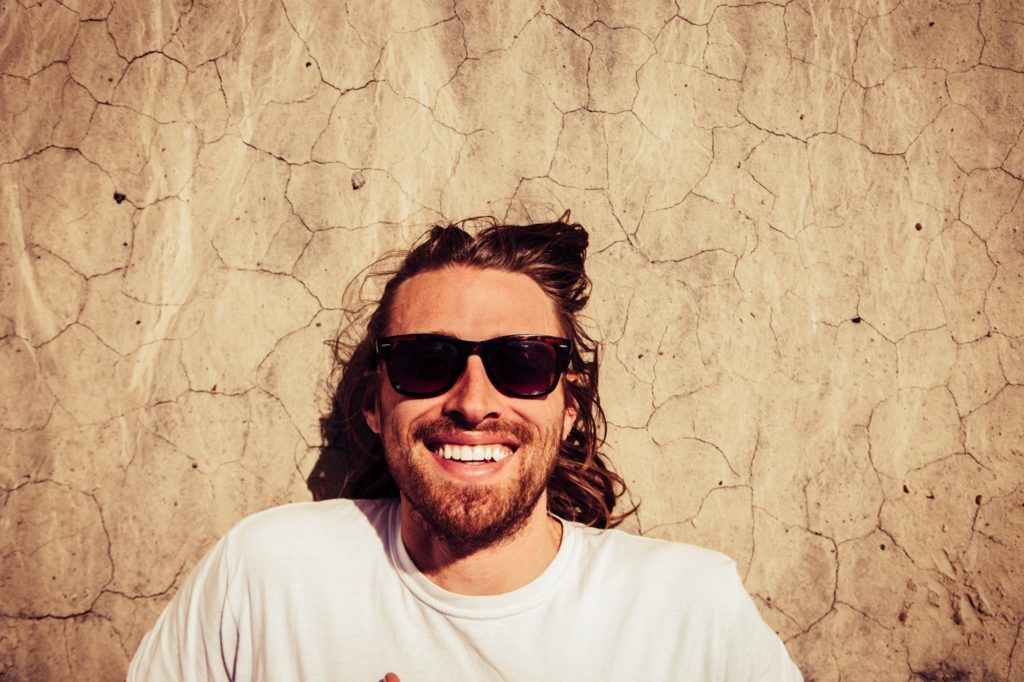
Safe.
Sensitive skin? Effortlessly eased.
Torn up, angry, damaged skin? Smoothed and soothed.
It even worked on the delicate skin of my friends’ babies –– and you know when it’s mom-approved, you’ve got something good.
This was clearly an amazing product. So why was I one of the only people in the world making it? Why hadn’t the skincare industry caught on?
I started looking into the skincare industry –– and I didn’t like what I saw.
Sketchy advertising is already bad enough, but what’s even worse are the false premises underlying modern skincare.
The message we get from the skincare industry is that without their products, our skin will be totally out of control, being either way too oily, way too dry, or somehow both at once.
(Yeah, it doesn’t make a whole lot of sense.)
The whole idea behind the modern skincare industry is that your skin can’t self-regulate.
Read that again.
The whole idea behind the modern skincare industry is that your skin is some sort of dead surface that you have to keep clean, otherwise you’ll end up with out-of-control oiliness, over-the-top dryness, or any other problem you can think of, and the answer is constant, aggressive intervention with ingredients you can’t pronounce.
But your skin’s pretty powerful. It can do a lot to heal itself. And, given time, it might be able to adjust to the current conditions in which we’re living. (After all, we are a constantly evolving species.) But we’re currently at an evolutionary disadvantage: our skin has never been exposed to this many different stressors at this volume, we simply haven’t had time to evolve mechanisms to deal with them.
The skincare industry says that the answer is to pile more stuff on top of the sytuff your skin is already struggling to deal with. Which, again, makes sense if your skin is something dead that you can sterilize, like a countertop.
But since it’s not, and since you don’t actually want your skin to be sterile, all those things they’re selling you to fix the problem just end up perpetuating it.
Your skin doesn’t need to be “fixed”. You just need to give it the tools it needs to do its job, that is, simple, effective moisturization from a natural source that your skin evolved to embrace.
Order Primal DermaJust compare that to a typical skincare routine: you wash your face, which strips the oils off of it. Your skin, which normally would maintain a pretty even balance of oil, now senses that there’s no oil there (because you just stripped it), and starts producing more, leading to greasiness that you feel you have to deal with by using a cleanser. See how it goes around?
Think about it this way: by putting salt down on roads in the winter, we can make them safer to drive, sure. The salt melts the ice. But it also melts and runs off into the soil underneath and around the road, poisoning it for decades to come. Totally unnecessary –– there are other ways we can de-ice roads that are safer and healthier for the Earth –– but very common.
The same thing goes for most skincare routines. If left to its own devices, your skin naturally keeps itself balanced for the environment in which you’re living. (These moisturizers are called natural moisturizing factors, in case you’re curious.) And your skin is really good at adapting its balancing levels to where you are — if you go to somewhere drier, you’ll produce more; go somewhere damper and you’ll produce less.
But this can only happen if you’re not throwing your skin off with highly processed, preservative-packed products.
If you’re regularly altering your skin’s moisture with substances that aren’t meant to be on there, it’s going to mess with your skin’s ability to maintain appropriate moisture levels if you stop using those products or dramatically change locations.
It’s kind of like it takes away your skin’s sense of “normal”. Again, your skin is powerful –– stop screwing it up with the yucky stuff, and after a couple of weeks or so of good care, you’ll start seeing a difference.
And that’s not even accounting for the issues caused by the ingredients themselves!
If you’ve spent any time at all looking into natural skincare, you probably have the sense that many of the things we put on our skin aren’t that great for it. But you might be surprised to learn just how unhealthy some of the most common skincare ingredients are.
Conventional Skincare's Worst Offenders:
Alcohols
Alcohols in moisturizers may seem contradictory—they make the texture lighter and remove surface oil, but they actually dry out your skin, disrupting natural oil balance.
Industrial Lubricants
Fragrances
Fragrances in moisturizers can be a mystery due to trade secrets, hiding potentially harmful chemicals like diethyl phthalate, camphor, ethyl acetate, and dichloromethane. These can irritate skin, affect breathing, stress the liver, and lead to other health problems.
Preservatives
Avoid parabens, phthalates, and formaldehyde in moisturizers. While they preserve products, they can disrupt hormones, metabolism, and increase cancer risk.
The more you look into things, the more it becomes shockingly clear that most of the skincare out there isn’t just ineffective –– it can be incredibly dangerous!
So why is it like this? Why is this clearly unhealthy, unneeded, and unhelpful approach still ruling the skincare industry? Three reasons…
Reason #1: We want results fast.
Because while alcohols are bad for your skin, they make it feel different fast, and we want to feel different fast.
Reason #2: We want cheap products.
Because while industrial lubricants soak into your body and cause problems from head to toe, but they’re usually cheaper and easier to make than natural, healthy ones. Because you can make synthetic fragrances by the barrel-load in the time it takes to extract real fragrances from truly natural ingredients. And that, again, makes it cheaper.
Reason #3: We want products that last forever.
And because the inhuman, out-of-scale pace of our society dictates that we have to have a suite of products available at all times, for all times, which means that preservatives are an underpinning of nearly every product.
It All Comes Down to Profits Over People
And I have a problem with that. Several, in fact.
Because having researched firsthand the devastating effects that unfettered capitalism and our constant search for more, more, more have on the world, I know that the scope of this problem ranges all the way from the individual to the world as a whole.
When we buy things we don’t need (and that don’t work anyway) to solve a problem that’s been invented to sell products, we both support and are victimized by a system that’s terrible for all of us.
It’s a problem for your skin, because your skin doesn’t need a bunch of mystery ingredients slathered on it to stay healthy.
It’s a problem for society, because the economies of scale necessitate stepping away from the ancient practices that connected us with each other and with the source of the ingredients that can keep us well.
And it’s a problem for the world, because when we’re disconnected from the sources of our products, we’re much less likely to care about them. This is how you end up with something as seemingly innocent as skincare coming as the result of a process where we make holes in the world and pull finite resources out of them, instead of working with the natural world to create renewable, genuinely useful products that are created with respect for both the user and the source.
We weren’t meant to live like this — and we don’t have to.
Primal Derma isn’t going to magically solve poverty, reconnect a fractured society, or even change the skincare industry overnight. But it is a tiny way that you can step back from a way of living that neither serves you nor the people around you, and make the choice to be that much more healthy in your skincare and human in your sourcing of it.
It starts by understanding what your skin actually needs.
Because if you’re not sure what you actually need, then how can you know where to draw the line with your skincare, right?
1. So-called “natural” skincare.
There’s no shortage of skincare products on the market, including a lot that claim to be “natural”. They all look pretty and fresh. They say they’re “natural”, and they do include some ingredients you might find at a farmer’s market. But the problem is, a lot of them have been messed with so much that the benefits of the natural ingredients they contain have been either totally destroyed by the alterations they’ve been put through, or are outweighed by the other, damaging ingredients they contain. At best, you can hope to come out even with these types of moisturizers: they might not damage your skin too much, but they’re definitely not your best option.
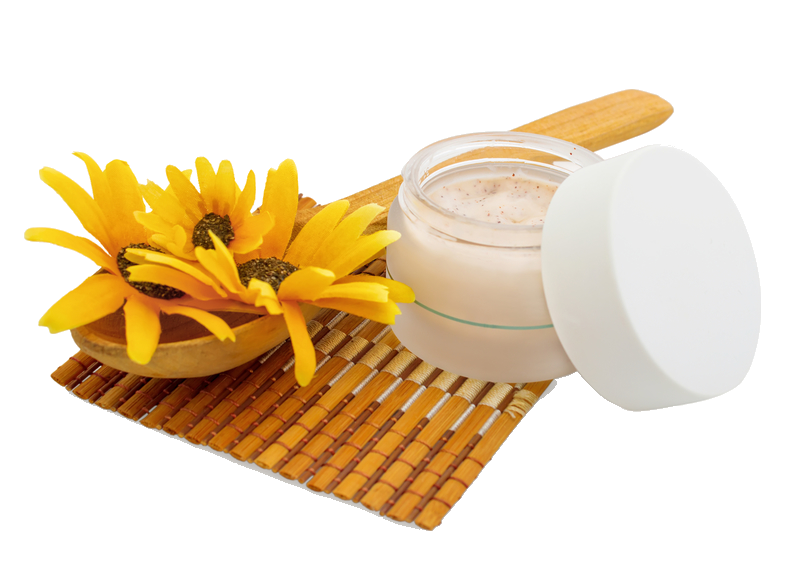
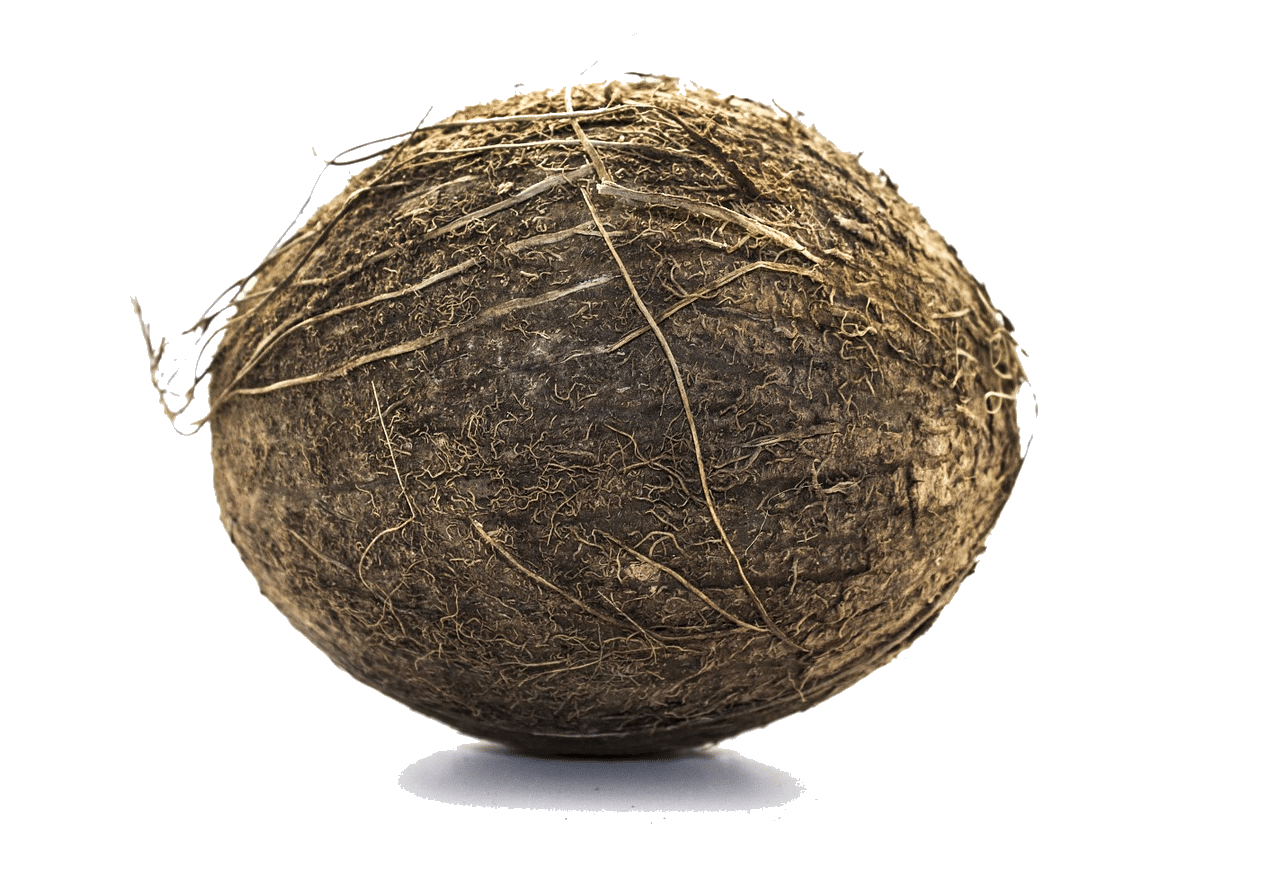
2. Plant-based skincare.
If industrialized chemicals are out (and they should be), your next option is plant-based products, like coconut oil, olive oil, jojoba oil, almond oil, shea butter, rosehip oil… the list goes on.
And these oils are a way better option than your typical chemical-laden option. If you get them pure, they’re typically free of the unwanted ingredients found in so many other skincare products, and they can be effective. But there are a couple of issues with using plant oils.
First, you really have to do your due diligence to make sure that you’re getting oils that are made in a way that both preserves their beneficial properties and doesn’t involve adding something else shady into the end product. For many plant oils to actually work, they need to be either steam-distilled or cold-pressed, which is labor intensive and relatively expensive, so many producers use other production processes that actually destroy the structure of the oils.
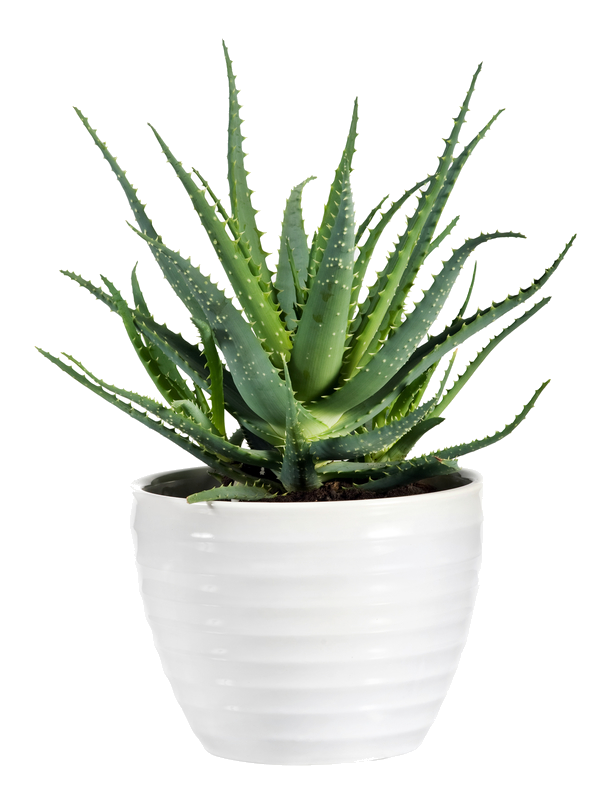
Additionally, it can be hard to know how the source ingredients used to make the oils are produced, and whether that’s going to have an impact on their ultimate healthiness and effectiveness. There’s no point in getting a great, cold-pressed jojoba oil if the jojoba seeds the oil is made from are coated in pesticides, for instance.
Finally, a lot of plant-based oils are mixed into mystery compounds, so you can’t really know what you’re putting on your skin. An oil that’s marketed as argan oil, for example, might contain a little bit of argan oil and a whole lot of sunflower oil, or a pricey prickly pear oil might actually be made up mostly of soybean oil. There can be a lot of ‘filler’ in these oils.
And even if you do all the research and find a plant oil that’s pure, manufactured from good, high quality source materials in a way that maintains the integrity of the oil, you still have the issue of biology. We’re mammals, not plants, and the moisturizing components they contain aren’t a perfect molecular fit to our bodies (but can be pretty good), so they don’t have quite the effect you hope they will. So while plant oils will work just fine for your skin, and may keep you nice and moisturized for a while, they’re just not as good of a fit as tallow.
3. A premium animal fat moisturizer.
The grass-fed, organic goodness that is high quality beef tallow that makes up Primal Derma is by far your best option for natural, effective, safe skincare.
Why?
Because organic, grass-fed beef tallow is one of the most nutrient-dense, effective, and versatile skincare options on the planet.
And our ancestors knew it.
OK, they didn’t have the lab results that we do, or the time or energy to put a whole lot of focus on skincare, because survival took precedence.
But what they did have was ungulates. Cows, sheep, camels, bison — you know, mammals with hooves. And as splintered bones at ancient sites like the caves at Lascaux (among many others) show, people have been butchering these animals, breaking them down, and cracking open their bones to get at the marrow for at least 20,000 years.
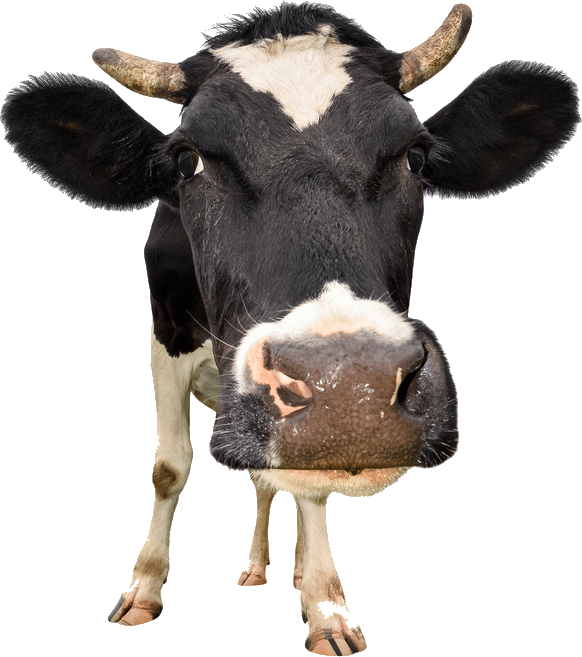
Just imagine that process for a second.
You’ve been lucky and skilled enough to either raise this big animal to adulthood, or you’ve been able to hunt one down. You can rest easy knowing that you’re going to be fed for a while. You’ll have the leather you need to make clothing, shelter, and containers. You’ll have the rich nutrition of the marrow inside the bones and the deeply satisfying fat to eat, fuel your lamps, and soothe your skin.
You’re going to make sure you use every single part of that animal — not only because it’s useful, but because there’s a very good chance that history or your way of life has embedded the idea of connection in you. The animal is connected to the earth. You’re connected to the animal. The products you can create from that animal could connect you to others, if you share them or sell them.
And that means that as you’re honoring this animal, taking it all apart, you’re necessarily going to get very up close and personal with the carcass. There’s just no way to take apart a big animal like that, particularly using ancient tools, and not become coated in the fat stored under its skin.
Our ancestors had the connection and common sense to realize that this is great!
Tallow is protective, soothing, and restorative for your skin. And that’s why animal fats have played a key role in salves, ointments, poultices, and eventually, skincare for peoples all around the world, all throughout history, including Babylonians, Egyptians, Australian Aborigines, Inuit, the Himba and Hamer tribes, and Native Americans.
And Now We Have the Science to Back Those Traditions Up
Modern research shows that tallow is an excellent source of the essential fatty acids that support healthy skin.
It’s nearly bio-identical to human cells –– meaning that it’s incredibly similar to your cells, right down to a molecular level –– and it’s uniquely compatible with the biology of your skin, containing the saturated fats it needs to maintain its structure over time. The similarity to your skin cells also means that your body accepts tallow in a way it just can’t with other types of moisturizers, which means that you get a light, deeply enriching formula that soaks in quickly, unlike many plant-based oils, which sit on top of the skin for ages, almost like overwatering dry soil –– the water just runs off or sits there, never penetrating into the earth like it should.
Primal Derma Values
We’re all part of a bigger picture, and chances are you’re already on board with that. (After all, you’re checking out natural skincare options.)
Primal Derma lets you enjoy the very best in natural skincare without requiring you to support processes or companies that hurt other people, animals, or the planet.
Another important value we stand behind? Expiration! That’s right, Primal Derma will expire, and it can only be made when my farmers have a slaughter. That’s why it sits in the three freezers in my basement instead of in some giant, Indiana Jones-style warehouse alongside the millions of indutrial products and the Ark of the Covenant.
This stuff is living, it’s vital, and we like it that way. You wouldn’t want your strawberries to last for 6 months; you shouldn’t want your skincare to either.
People Love Primal Derma For:
Skin
Dry or oily, old or young, skin needs a moisturizer that it can easily accept and assimilate. Primal Derma is just that, being so close to your own cells that it’s quickly absorbed so it can go to work protecting, feeding, and soothing your skin.
Hair
Your hair needs moisture just like your skin does; that’s why your scalp produces natural oils. Primal Derma is a great option for moisturization that won’t throw your scalp out of balance and will leave your hair nourished, soft, and shiny.
Sensitive Skin and Babies
Skin that flares up at the slightest little change often can’t cope with mainstream skincare options, and knowing what you now know about the ingredients they contain, it makes sense! Primal Derma’s natural ingredients that are nearly bio-identical to your own cells ease even the most sensitive of skin, and are safe to use on the whole family, including kids and infants, who tend to be more affected by the unhealthy ingredients due to their still-developing immune systems.
Small Cuts, Chapped Lips, and Cracked Heels
The nutrients found in the ingredients of Primal Derma are natural healers: moringa oil, lavender, and lemongrass are all part of nature’s medicine cabinet, working against bacteria and fungi to promote healing; while the fats and vitamin E ease inflammation and soothe beat up skin.
Hand poured, expertly blended, incredibly effective skincare that connects you to the whole of humanity, delivered right to your door.
If you’d like to moisturize, protect, and nourish your skin with hand-crafted, incredibly effective, ancestrally informed skincare that’s perfect for your skin on a molecular level and gives you a chance to support responsible farmers and a shift to ethical cosmetics, then I’d love for you to try a jar of Primal Derma.
You've got three options...
My No-Drama Guarantee
Along those lines … I don’t want you to have something in your house you don’t like or don’t use –– after all, that’s part of the larger trend Primal Derma stands in opposition to. So if you’re not a fan of Primal Derma after you try it, just send it back for a full refund, no questions asked. No weirdo deadline that you have to meet; this is a lifetime guarantee. No hoops to jump through. Just shoot me an email and we’ll work it out – stress-free.
Common Questions
Is Primal Derma organic, non-GMO, and responsibly sourced?
Yes on all counts. I’m totally committed to this being a product that honors the animal, the earth, and you from start to finish. Primal Derma is only made with tallow from well-cared for, grass-fed cattle who roam freely in the sun and eat only organic food that they evolved to eat. (No corn, grain, feed, or stale candy.) It comes from farmers I know personally, and is hand rendered by me. The jar it comes in is recyclable, the label is printed on post-recycled cardboard, and the essential oils are made from wildcrafted, responsibly harvested plants. Even the packaging is eco-friendly: the shipping containers I use are fully recyclable, and instead of using packing peanuts or bubble wrap, I use these cool little things called ExpandOS, which do the same thing, but are fully compostable.
Can I use Primal Derma on my hands/feet/face/hair/lips/sensitive skin/baby?
Yes. Primal Derma is the Swiss army knife of skincare, it goes everywhere. (And we do mean everywhere. Including –– ahem –– sexy places. Although we haven’t tested its effects on condoms, so bear that in mind.) It’s also gentle and safe enough for even the most sensitive skin, babies’ included.
How long does Primal Derma last? How should I store it?
There are no preservatives in Primal Derma, which means that unlike pretty much any other skincare product on the market, it will eventually go bad. This is a good thing –– just think about it, you wouldn’t want a punnet of strawberries to be able to sit in your fridge in pristine condition for three years. You shouldn’t want your skincare to do that either.
If you store it in a cool, dry place, your Primal Derma should last for more than a year. Then again, if you’re using it regularly, you’re going to use it up before then anyway.
(Just one thing: make sure you don’t get water in it. This will spoil it really fast.)
How can I make sure I never run out of Primal Derma and save some money?
People tend to get addicted to their Primal Derma pretty quickly, so it makes sense that you’d want to keep some on hand. One really easy way to do this is by signing up for a monthly or bi-monthly delivery of Primal Derma. You’ll never have to worry about going without, you’ll be supporting the kind of world we all want to live in, and you’ll save 10%. Win-win-win.
You Might As Well Just Get The Big One...
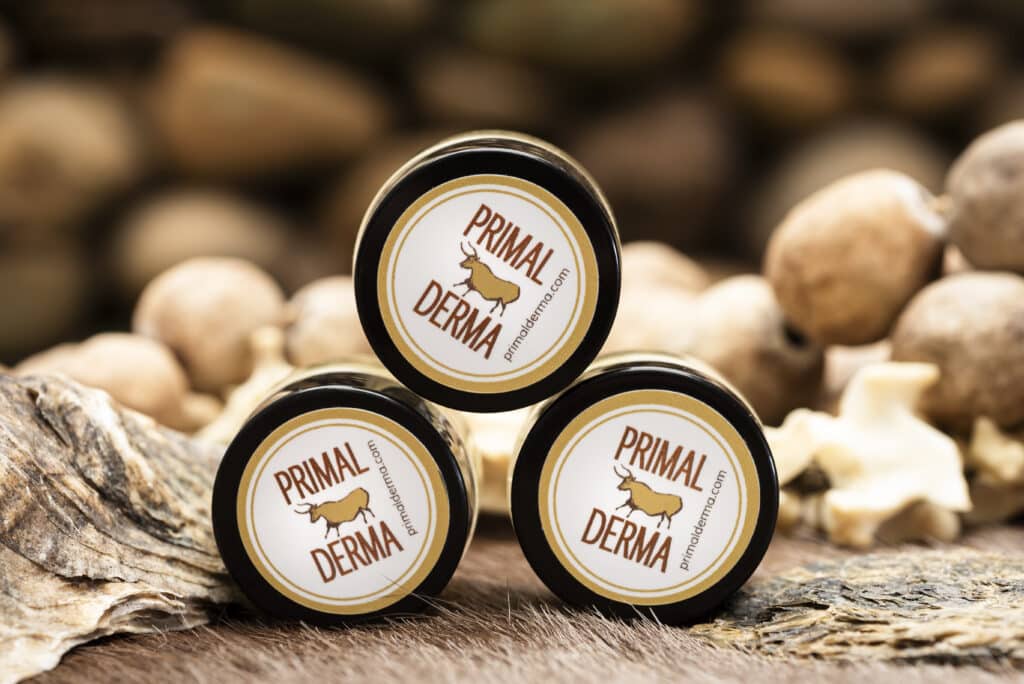
LIP Three Pack
$30.00
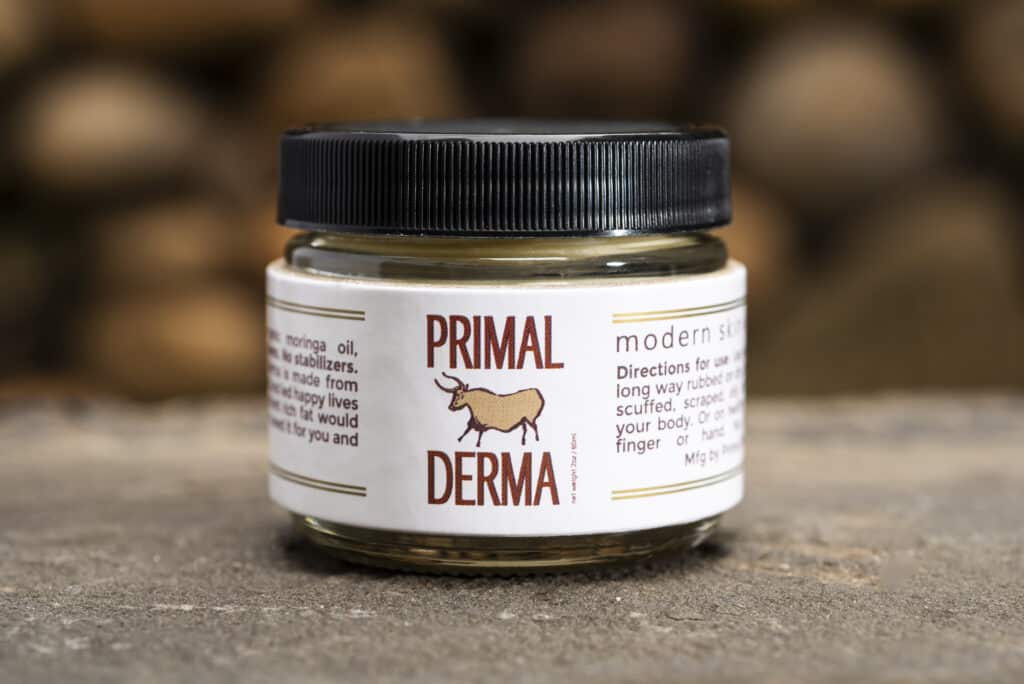
Primal Derma BODY 2oz
$60.00 — or subscribe and save 15%
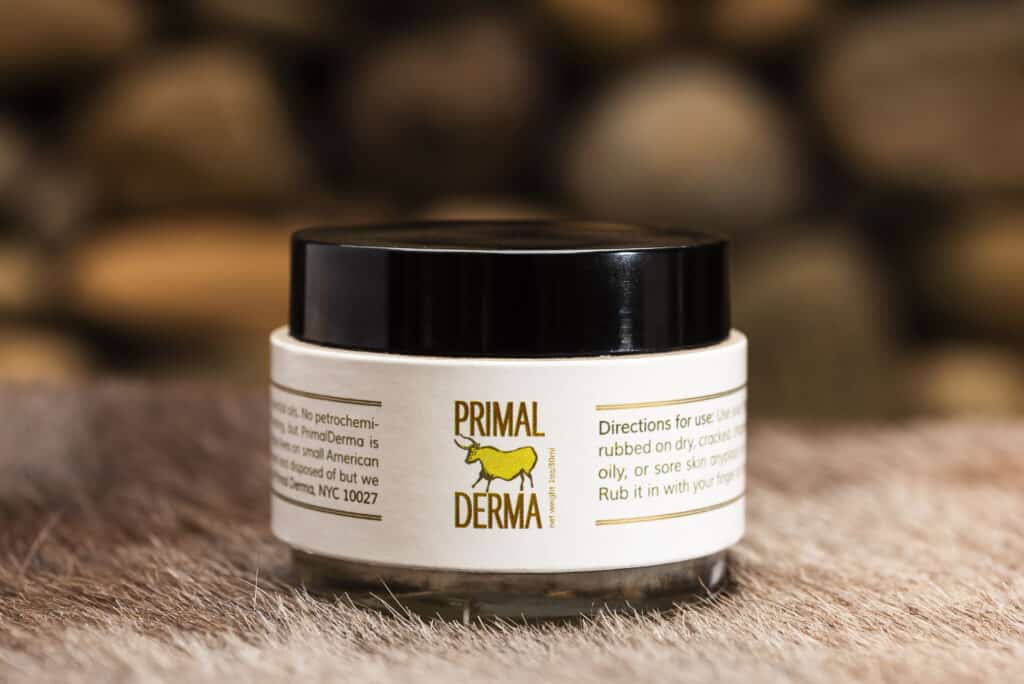
Primal Derma HAND 1oz
$40.00 — or subscribe and save 15%

But Don't Take My Word For It...

How do you Derma?
Primal Derma can be used for all sorts of skin issues.
From healing to moisturizing, to soothing itchiness, PD faithfuls have gotten quite inventive in how they use it.
So we asked them…



